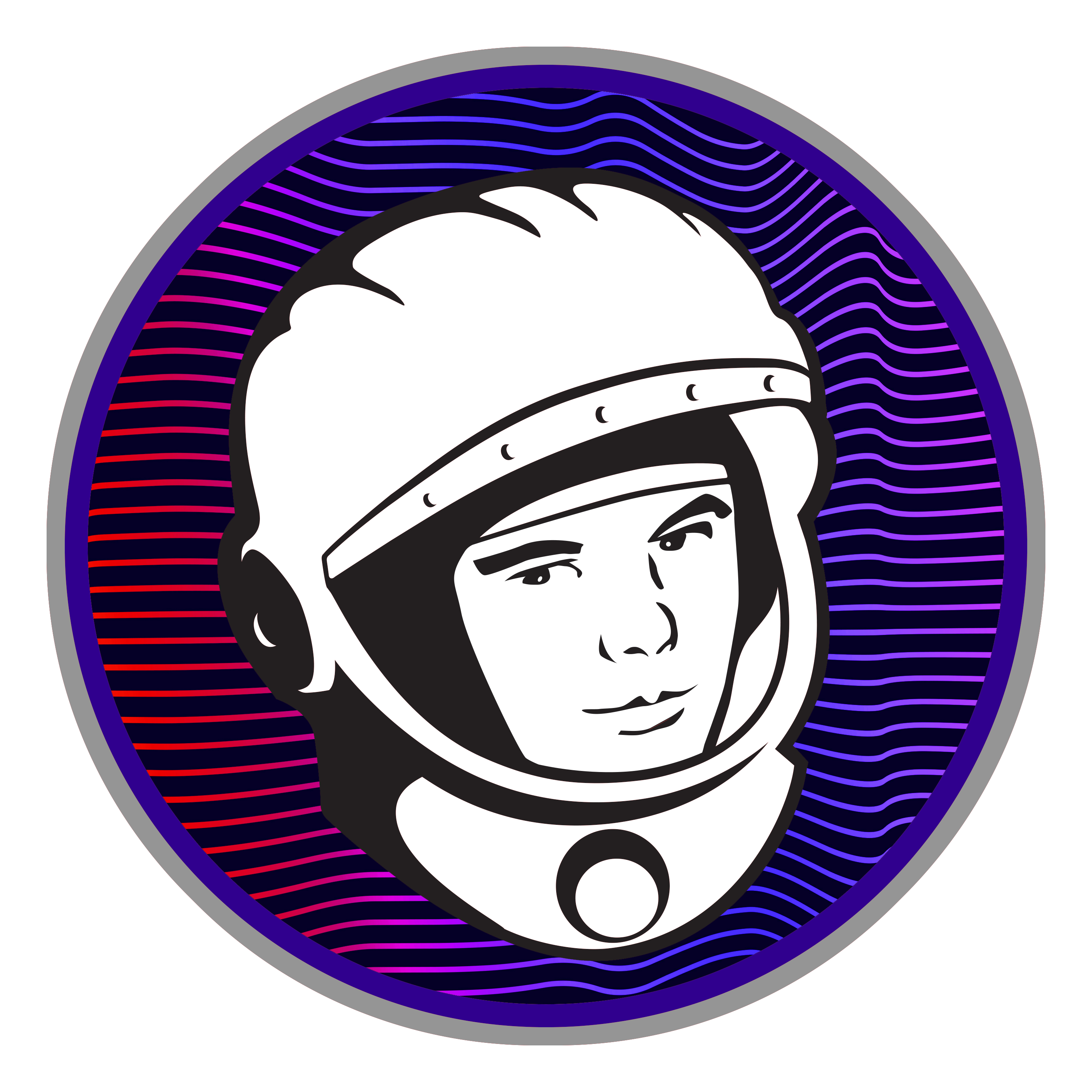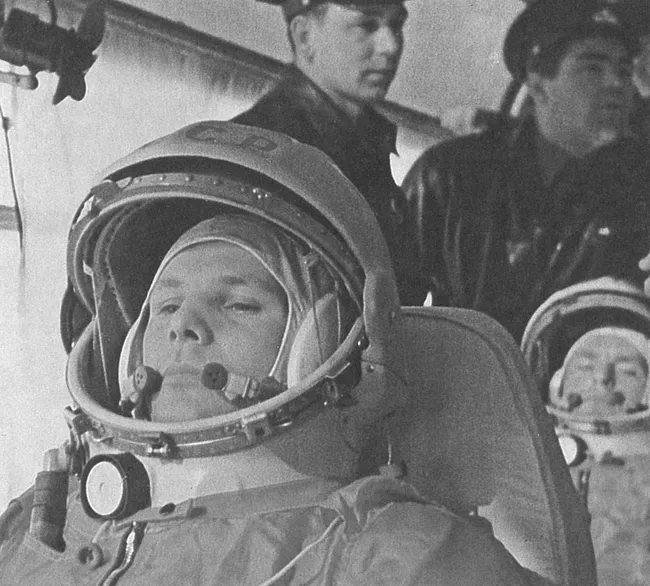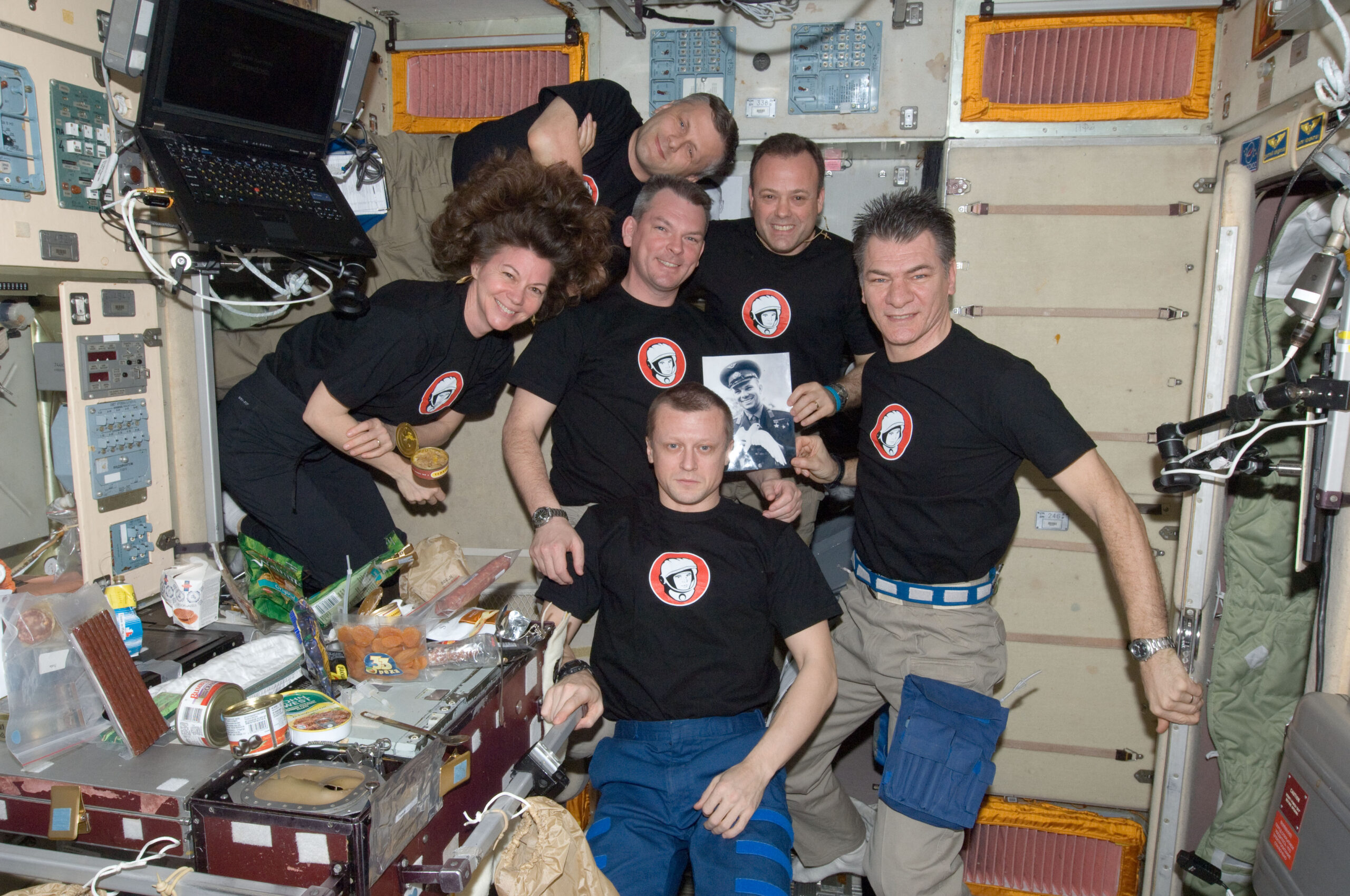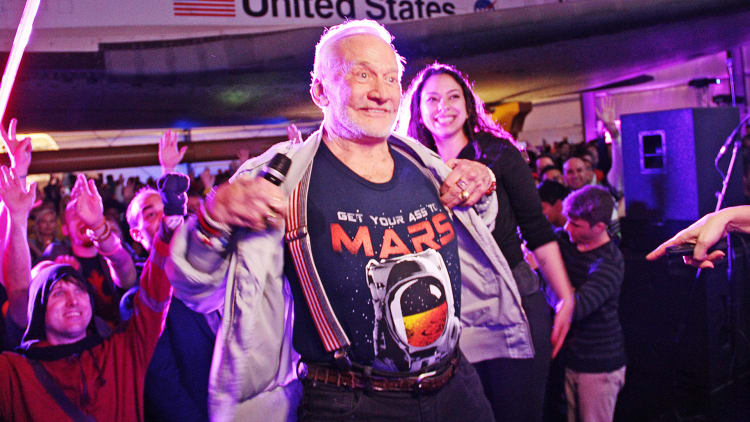For people who are disabled and have always dreamed of training to fly to space, the SciAccess Initiative has opened up applications to disabled crew participants for a Zero-G parabolic flight.
The initiative, which works to make STEM (science, technology, engineering and mathematics) more accessible through a series of programs, announced the launch of its latest program: Mission: AstroAccess yesterday (July 15). This new program will fly a diverse group of disabled people on a parabolic flight aboard the Zero Gravity Corporation (Zero-G)’s “G-Force One” plane, which uses a series of parabolas to create weightlessness in the plane’s cabin.
With this flight, the program hopes that the crew will be able to help to expand our understanding of how disabled people can safely travel and work in space, according to a statement from the program. This is extremely valuable information as space becomes more accessible. For example, earlier this year, the European Space Agency put out a call for “parastronauts,” or astronauts with physical disabilities.
“Space is not just part of humanity’s future – it is a place where we can rethink life on earth today,” George Whitesides, Mission: AstroAccess Project Lead, said in a statement. “With this flight we hope to lay the foundation for future disabled space explorers.”
“Over 500 people have flown to space so far and not one of them has had a significant disability. One of our key mission goals is to change this,” Anna Voelker, Mission: AstroAccess Project lead and executive director of the SciAccess Initiative and the Aspen Science Center, said in the same statement. “Implementing accessibility is crucial not only for inclusion, but for the safety and success of all space explorers.”
While there has yet to be a disabled astronaut in space, it will not be the first time that a disabled person will have flown on a Zero-G parabolic flight. Most notably, in 2007, famed theoretical physicist Stephen Hawking flew aboard a Zero-G flight, and experienced weightlessness. While weightless, he was able to float outside of his wheelchair. Hawking described the experience as “true freedom … I was Superman for those few minutes,” according to the BBC.
“Our mission is to change outer space and change the world,” Sheri Wells-Jensen, associate professor of linguistics at Bowling Green State University, added in the statement. “If you are a disabled person who is confident, enthusiastic, playful, and literally willing to float upside down to change the future, we are looking for you!”
Interested in applying? Applications are now open through Aug. 15 and can be located here.
The program is open to any disabled adult over the age of 18 who is currently living in the U.S. If you have questions about the program or application process, Mission: AstroAccess will be holding a free webinar open to the public on July 21.
Read the original article on Space.com: here





